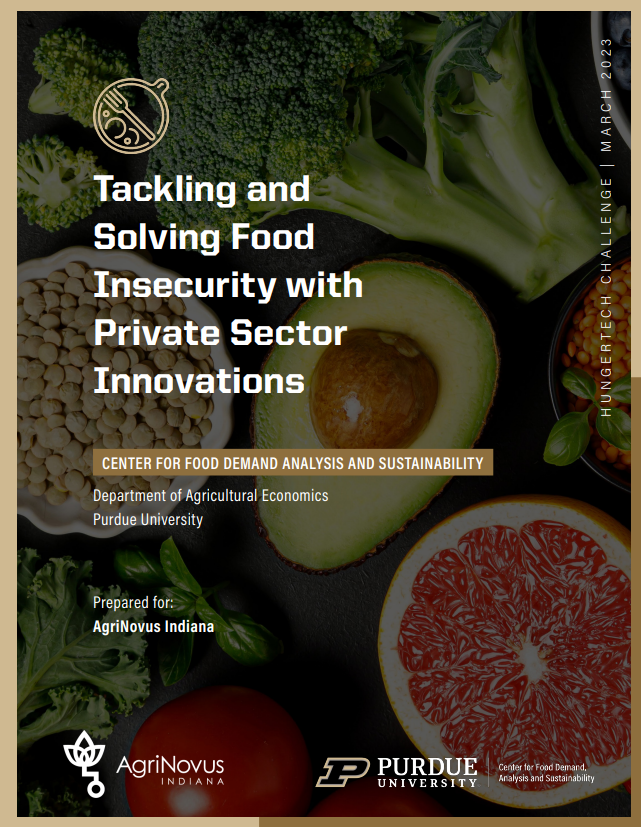We continue to add new dashboards on our Center for Food Demand Analysis and Sustainability (CFDAS) web page. We have added two new dashboards added in the past week. One on spending at dollar stores (includes Dollar General, Dollar Tree, and Family Dollar) and another on general retailers (includes Walmart, Target, and K-Mart).
Here is an example of the general retail dashboard with Walmart selected.
We now have almost 20 data dashboards that are regularly updating with new data about our food system.




